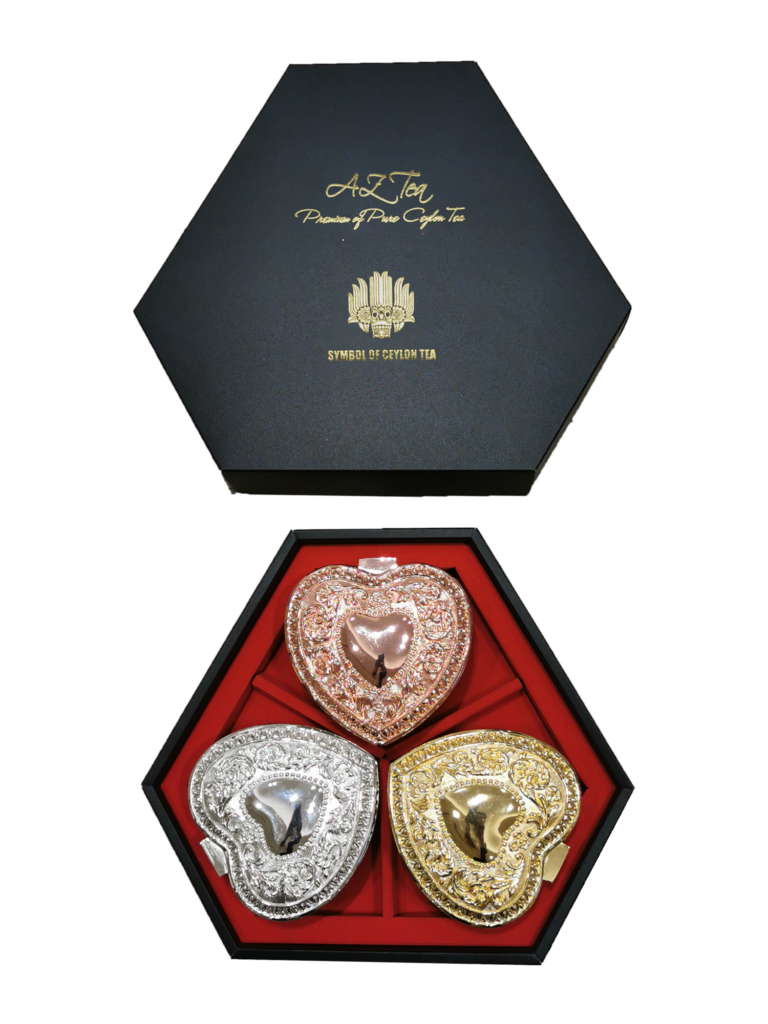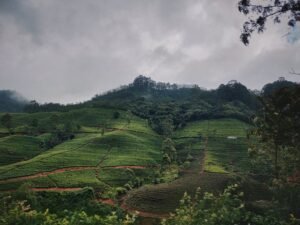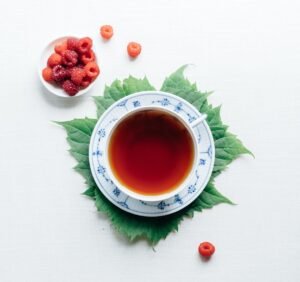 CategoriesCeylon Tea Facts and Knowledge
CategoriesCeylon Tea Facts and Knowledgeقصة الشاي السيلاني
The Ceylon Tea Story | セイロン紅茶物語!

Taylor は紅茶栽培の基礎知識を北インドからとりいれ、製造では初期の実験をいくつも bungalow verandah を工場として使い、葉っぱのローリングを手で行い、茶葉の酸化工程の火は七輪で炭によりおこし、さらに金網のトレイでと試行錯誤をかさねました。彼の初期の紅茶は現地で売られ美味しいと好評でした。 1872 年に完全装備の工場を手がけ 1873 年にはロンドンオークションにて、彼が作った最初の紅茶が高価な値段で取引されました。彼は熱心さと的確な決断力で Ceylon 紅茶の初期の成功に大きく貢献し、1873 年当初 23 トンだった量が 1880 年には 81.3 トンまで伸び、1890 年になると 22899.8 トンまで拡大しました。大半の農園はスリランカの標高 3000-8000 フィートの南西の二つの地方にまたがっており、コロンボと南部のゴールから東に位置します。あたたかい霧が立ちこめる平原と丘陸地帯では茶の木が 7-8 日に一回葉が伸び年中茶摘みが行えます。東地区では 6 月末から 8 月末にかけもっとも良い茶葉が収穫され、西地区では 2 月初めから 3 月中旬にとれます。
標高の高い山々で栽培・生産される紅茶はセイロン紅茶の Champagne と呼ばれる!
スリランカの昔ながらの高品質紅茶の中でも世界一と賞賛されている紅茶は、ティーバックには適しておりません。1993 年には 3%の製造量がCTCでしたが、製造者は幅広いマーケットの獲得するため、CTC に移管することの決断を迫られました。一部の企業は昔ながらのオーソドックスな紅茶に、いまだマーケットが残されると信じており、その他の企業は今後 CTC に移管していくのではと見ています。お客様はいつでも加工された紅茶類の増加に魅了されているので、缶詰されたもの、木箱に入れられたもの、バスケット等々バラエティーにとんだ品揃えが今日発売されております。スリランカ産茶葉 100%を使われている製品はスリランカ紅茶局が発案したライオンロゴを使用しており、生産地の保証とスリランカの紅茶葉のイメージを保護しています。
スリランカのもっとも良い茶葉は標高 4000 フィートより上の茶園方からとれます。木々は冷たい環境でゆっくり伸び、霜が降りる天候に茶摘みが困難な傾斜の高い山間に植えられているからです。6つの主な紅茶生産地があり、GALLE は島の南部に位置し、RATNAPURA はコロンボから 55 マイル東です。中央部の古都 KANDY、標高が一番高い生産地は NUWARA ELIYA、中央山岳地帯の西には DIMBULA で UWA は DIMBULA の東に位置します。各地で作られる紅茶は香りや味や色が異なります。低地の紅茶は 1500‐1800 フィートの土地で作られ、色・質・香り・味とどれも中高地・高地の紅茶と比べ落ちており主にブレンド用に使われます。中高地産は 1800‐3500 フィートの紅茶で香り・味・色も良く日本人に好まれる質ではないかと思います。高地 3500‐7500 フィートの紅茶は良い香りに光沢のある澄んだ色の紅茶になります。


































 Green tea and black tea come from the same tree. There are only two original trees in this world, one in Assam, India and the other in Fijian, China. They were transported by the Silk Road to various regions by Arab merchants and the British Empire during the Age of Discovery and are distributed over a wide area from Africa to Japan. The unfermented tea is classified as green tea, the semi-fermented as oolong tea and the fully issued as black tea. The quality of the soil in which the tea is grown, its weather, the difference in temperature, the amount of rainfall, the love of the farmer, and the differences in manufacturing methods all contribute to the variety of tea.
Green tea and black tea come from the same tree. There are only two original trees in this world, one in Assam, India and the other in Fijian, China. They were transported by the Silk Road to various regions by Arab merchants and the British Empire during the Age of Discovery and are distributed over a wide area from Africa to Japan. The unfermented tea is classified as green tea, the semi-fermented as oolong tea and the fully issued as black tea. The quality of the soil in which the tea is grown, its weather, the difference in temperature, the amount of rainfall, the love of the farmer, and the differences in manufacturing methods all contribute to the variety of tea.




























